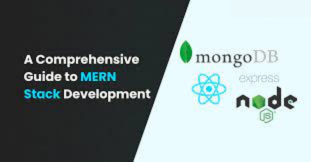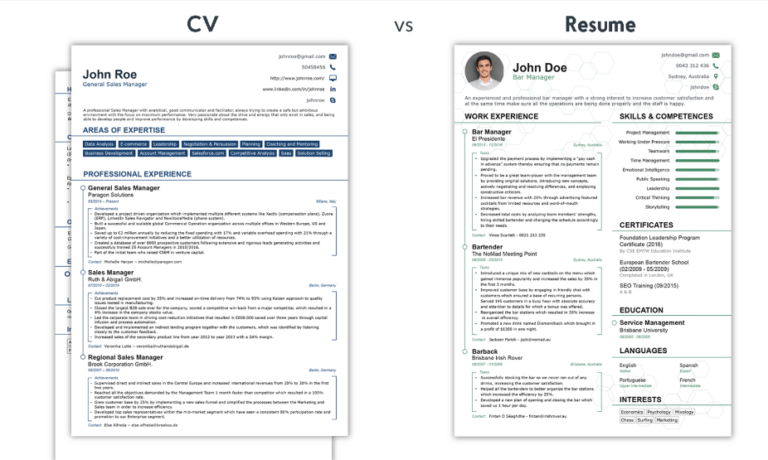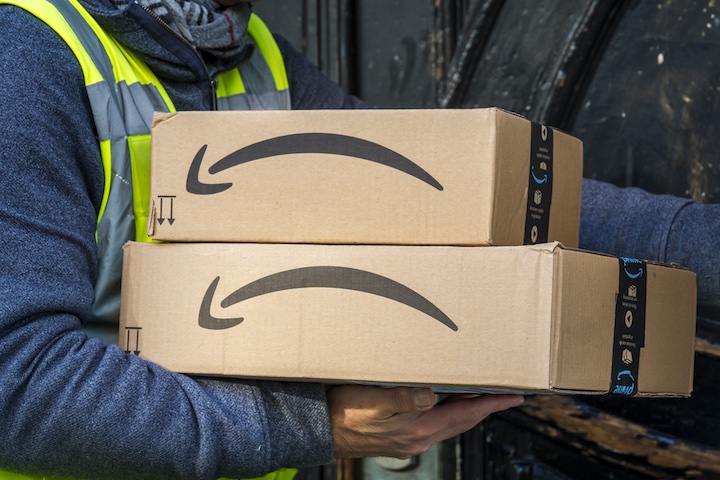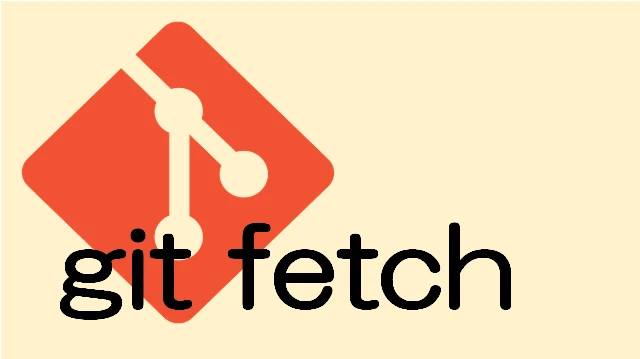
In today’s fast world of online shopping, being able to handle increasing traffic and purchases without slowing down or problem with how the site works is very important. The MERN stack can help. It uses MongoDB, Express.js, React, and Node.js together. This group of tools lets you make strong e-commerce sites that can grow large without trouble. In this full guide, we will look closely at important ideas and plans for developing an e-commerce platform that can become much bigger using MERN. We will talk about how to set up the site and make the database run well. We will also cover how users see the site and keep it safe.
Understanding the MERN Stack and Its Advantages for E-commerce
The MERN stack uses four modern technologies together that make a strong base for building complex online shopping websites. MongoDB is the core as it offers a flexible database that can handle different types of product details, important for websites with lots of changing products. This noSQL database allows quick changes and easy development. This lets companies react fast to what customers want and trends in the market.
Express.js and Node.js work together to create a powerful server solution. Express.js is a simple and flexible Node.js web app framework that makes it easier to develop server logic. It has many strong features for web and mobile apps. Node.js uses Google’s V8 JavaScript engine to run JavaScript on servers. This allows the creation of fast, scalable network apps that can handle lots of connections quickly at the same time. They can deal with changing traffic loads well. Busy online stores need this to manage varying visitor numbers.
React helps create good user interfaces. It uses small parts called components to build interfaces. React makes it easy to update interfaces. This helps make shopping experiences more engaging for customers. It updates interfaces without redrawing everything. This makes it fast, especially for changing things like product previews. It can also quickly update stock amounts.
The MERN stack works together to provide a complete system for building websites and apps that can handle lots of users. It uses JavaScript everywhere which makes development faster and architecture less complicated when the site needs to grow. The different parts fit well and let developers write code once that runs on both the device and server.
Architectural Strategies for Scalability with MERN
When building a large online store system with the MERN technology, the architecture plans are very important. They help make sure the website can handle more users and data easily. One basic idea is to use microservices. This design breaks the online store into smaller pieces that can be worked on alone. Services like user profiles, product listings, and order processing each do their own job. This lets each part grow separately. Teams can also add new features or fix problems without worrying about other parts. Having control over separate pieces improves scaling. It also speeds up creation by letting groups work together independently.
Relying on storing methods is another foundation of a good scalability plan. Applying Redis or similar technologies can greatly make reaction occasions quicker by keeping duplicates of regularly obtained information in memory. This approach essentially diminishes the load on the database and the backend, protecting assets for more serious tasks and keeping responsiveness when there is a lot of activity.
Using Content Delivery Networks (CDNs) in a planned way helps share static website pieces (like pictures, CSS, and JavaScript files) from servers spread around the world. By sending these parts from places near users, CDNs cut down wait time and speed up sharing content. This leads to a slicker and speedier use of time everywhere on Earth.
Using specific design ideas for websites and apps in building an online shopping system with the MERN technology makes it not just easily expanded, but also efficient and strong. Carefully using smaller programs, temporary storage, and delivery networks, along with what MongoDB, Express.js, React, and Node.js can do by themselves, creates a good base for making online shopping solutions that can expand well and are tough and focused on customers.
Power up your online success! Opt for the Top web app development agency in the UK. Hire excellence for superior results.
Optimizing Database Performance for High Traffic
Managing lots of products and website visitors can be hard for online stores. MongoDB helps with this in key ways. One big help is how it sets up indexes. Indexes make it faster to find what you need in the large product and customer database. MongoDB can make indexes that cut down on how much of the databases it has to check for each question. This gives answers very quickly even when many visitors are shopping. Indexing works best when set up around how the website usually needs to get data like details on items for sale, profiles of shoppers, and records of past orders. Taking the time to index right means the website can get to these details fast no matter how busy it gets. That keeps the shopping experience smooth during peak times when traffic is at its highest.
Sharding splits data into parts to make the database bigger. It shares data over many servers. This spreads work and stops any one server from slowing down. Sharding works best when data grows faster than what one server can hold or do. An online store can use sharding to scale up well. As more people shop and more products are added, speed stays the same without needing more powerful servers.
Furthermore, the proactive monitoring and performance tuning of the database are critical for identifying and addressing potential bottlenecks before they impact user experience. Tools and techniques for real-time monitoring allow for the continuous assessment of query performance, enabling developers to refine indexes, adjust sharding strategies, and make other optimizations on the fly.
Using methods like indexing, splitting databases into smaller parts called shards, and continuously checking performance in the databases ensures the online shopping system can handle large numbers of shoppers easily. This provides a strong base for growing the system and a great shopping experience for customers.
Enhancing User Experience with React
Creating websites to sell products online is very competitive. Websites need to be fast so customers don’t get bored waiting. React is a good tool for this. It helps make interfaces that are quick, responsive, and engaging for users. React works with reusable parts called components. Teams can build and fix pieces separately. This modularity streamlines creating websites. It also means all parts of a site look and work the same way. Consistency is important to please customers. The power of React comes from its component structure. This allows isolation and modularity. It speeds development and maintains uniformity across platforms. Both help improve the user experience.
The virtual DOM is one of React’s best tools for making apps run smoothly. Instead of directly changing the real DOM like normal, React uses a virtual DOM. It keeps a copy of the real DOM in memory. When something needs updating, React compares the virtual DOM to the real one. Then it only updates the real DOM with the exact changes needed. This is much faster than redrawing everything each time. It’s important for e-commerce sites. Users should see cart updates or filtered product lists right away without delays. They’ll keep shopping if the site feels responsive instead of getting annoyed by waiting.
React’s ecosystem supports state management libraries like Redux or Context API. Developers can manage app state better with these. This is very important for handling complex user actions and data flow in large online stores. It makes sure the interface stays the same and reactive between different parts.
React gives developers tools to create user experiences that look good and work well. As people browse products, customize options, or pay, React makes the website fast and responsive. It reduces waiting and improves how shopping goes. Concentrating on speed and making it easy for users is key to building online stores that can keep customers and boost sales in the busy online world.
Ensuring Robust Security Measures
In the online marketplace, where deals involve sharing private details, putting in place strict security steps is not a choice but a must. While the MERN stack forms a strong core for applications that can grow and work well, it also provides many tools and methods for making online stores stronger against possible security risks. Using solid user sign-in and access rules, like JSON Web Tokens (JWT), is extremely important. JWTs offer a safe and small way of dealing with user work sessions and API access, making certain each deal or data request is officially allowed.
Making sure data is safe when being sent and stored is very important for online shopping security. Using HTTPS with SSL/TLS encoding keeps all shared data private between the user’s device and the server. This protects against others seeing or changing the data. Information in the database like personal details and payments is also encoded when saved. This guards stored data from people accessing it without permission, even if the data is stolen.
It is also important to protect against common problems on websites. Developers must carefully check anything users enter to protect the application. This keeps users’ information safe and keeps the website working properly. Regular checks of security, updating what the website uses, and following safe coding rules are very important. They help find and fix problems. They make the website stronger against problems.
When using JavaScript on both the frontend and backend with the MERN stack, it is important to carefully manage packages and securely set up all parts. Using Express.js middleware focused on security can better defend against CSRF (Cross-Site Request Forgery) attacks and others. This establishes strong protection that supports trust and dependency for online shopping.
Embracing DevOps Practices for Continuous Improvement
In the changing online store space, being quick and responding well are very important for e-commerce platforms to stay ahead. Using DevOps methods, especially continuously adding new code and deploying updates (CI/CD), makes the path from creating to sharing code smooth and automatic. This helps speed up testing new ideas and sharing new features or important fixes quickly. Automating how code is delivered makes sure e-commerce platforms can change with the market, user ideas, and growing trends fast. This keeps them competing well.
Automated testing is very important in DevOps. It makes sure that code works well and stays safe through detailed test cases that check how things work, how fast they are, and if they have security problems. This lets developer groups feel sure about adding changes, knowing tests will find and fix potential problems soon in the process. That protects the user experience from breaks or services going down when changes happen.
Monitoring and performance analytics also play a critical role in a DevOps approach, offering real-time visibility into the application’s operational health. Tools like New Relic and Prometheus provide invaluable data on system performance, user engagement, and potential bottlenecks, informing ongoing optimization efforts. By leveraging these insights, teams can proactively address inefficiencies, enhance scalability, and fine-tune the user experience, ensuring the e-commerce platform not only meets but exceeds customer expectations.
Using DevOps methods when building and running an online store based on MERN helps create a focus on constant improvement. Quick updates, thorough testing, and active optimization work together to steadily expand what’s possible and keep the store fresh.
Supercharge your user experience. Choose the top front-end development company in the UK. Unlock digital excellence for your business!
Conclusion
Building an online store that can handle lots of visitors and sales needs careful planning. This guide showed how to use MongoDB, Express.js, React, and Node.js (the MERN stack) in a smart way for e-commerce. It talked about different ways to set up the website and database so they can handle more and more customers without problems. Caching and microservices can make the site faster. Database tricks can keep sales running smoothly even when busy. The MERN stack is a good choice for building online stores that need to grow big over time.
React focuses on keeping users interested by using new features in its technology. This highlights how smooth and constantly changing website interfaces can increase how many users buy products. At the same time, React’s careful work to keep information safe, from strong ways to verify who users are to protecting against website threats, shows how important trust is for online shopping. In addition, following DevOps methods captures a goal of always trying to improve things and lays out a plan for stores to stay flexible and react quickly to a changing online market.
In conclusion, creating an e-commerce website that can handle lots of traffic using the MERN stack is complex work that needs careful planning. You need to combine technology, design, and best practices well. The rewards are big though. Things like making operations more efficient, handling more traffic, happier customers who stay loyal are very important for stores wanting to do well selling things online. Technology changes fast and customers want more all the time. The tips discussed here can help developers and companies build stores that last using MERN. They can also get their online shops ready to grow and do well in the digital world.
In case you have found a mistake in the text, please send a message to the author by selecting the mistake and pressing Ctrl-Enter.






